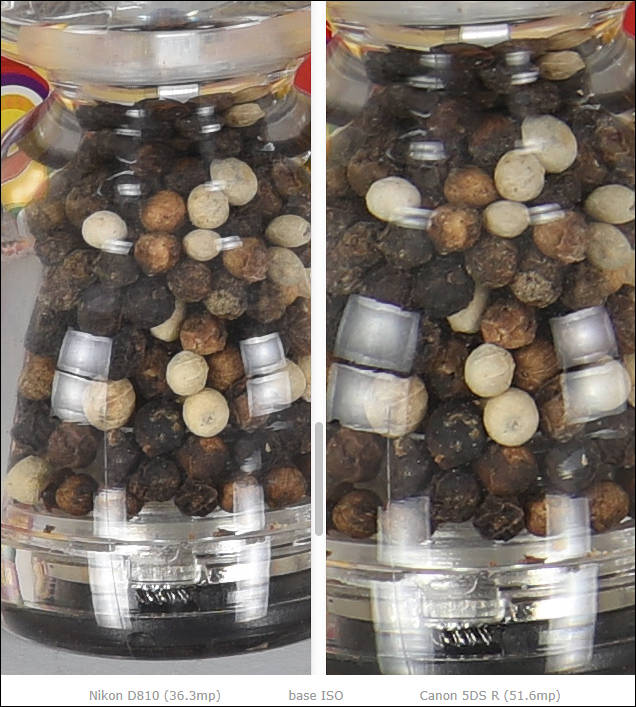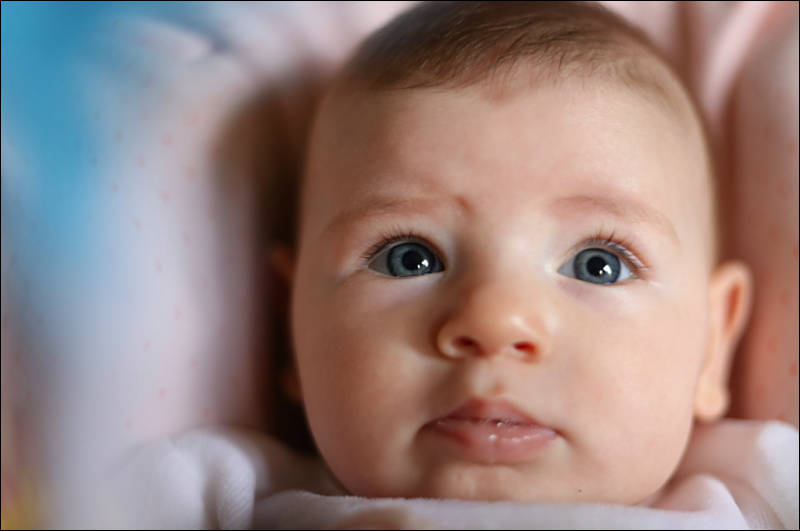
It allows to keep PV going, with more focus towards AI, but keeping be one of the few truly independent places.
-
Canon Professional Network (CPN): Who came up with the idea and vision for EOS 5DS and EOS 5DS R?
Tsunemasa Ohara (TO): “It was my idea to develop this product as I knew from my past research that more megapixels could be achieved from the EOS 5D Mark III sensor. Once I advised that such a product would be achievable I brought together a team to work with me, many of whom were the same people who had worked with me before on other EOS DSLR projects.”
http://cpn.canon-europe.com/content/interviews/developing_eos_5ds_and_eos_5ds_r.do
-
Dave Etchells/Imaging Resource: My first question is on autofocus technology: The most recent generation of Hybrid CMOS AF is much faster than the previous one. Can you tell us what technical advances led to that improvement? Also, how would you compare the new Hybrid CMOS AF III's performance to that of Dual Pixel CMOS AF, in terms of speed and accuracy?
Yasuhiko Shiomi/Canon Inc.: Compared with conventional models, first of all the number of pixels has increased significantly, and the pixel density has also increased. So we've incorporated Hybrid CMOS AF across the board with all of the models [that don't already use Dual Pixel CMOS AF]. We've also improved the algorithms used to calculate AF, which has improved speed. However, with regard to Dual Pixel CMOS AF, the conditions that are required for applying this technology are different. It's not really an apples to apples comparison.
DE: You can't really compare them.
YS: There are a lot of conditions involved, such as the shooting scene and the lenses that are used. So depending on these factors, you're going to get different results. However, compared with the earlier versions of Hybrid CMOS AF, we have realized an improvement of three to four times faster AF speed.
-
The EOS 5DS and EOS 5DS R represent a new line of ultra high-resolution EOS DSLR cameras – featuring 50.6 Megapixel sensors – that are ideal for photographers who want to capture an extraordinary amount of detail in their images. The new cameras will be popular with those shooting landscape and architectural photography, as well as those shooting commercial or high-end editorial work in the studio. The EOS 5DS and EOS 5DS R sit alongside the EOS 5D Mark III in the EOS range, and use new technologies to make the most of both of the cameras’ high-resolution capabilities.
The two cameras differ only in the construction of their sensors. The EOS 5DS features a low-pass filter in front of its main sensor, which protects against digital artifacts such as moiré and false colour. This makes it a great choice for general-purpose photography, when high-resolution image files are required.
In the EOS 5DS R the effect of this low-pass filter is removed. This has the effect of slightly boosting sharpness and image resolution, though this is at the expense of an increased risk of moiré and false colour appearing in images. For this reason the EOS 5DS R is recommended for photographers who specialise in landscape photography, or for those who prefer to closely control shooting conditions in a studio environment.
http://cpn.canon-europe.com/content/education/technical/inside_the_eos_5ds_and_eos_5ds_r.do
-
Will be available only on the end of June - around June 29.
-
Available for preorder
-
Haven't been impressed with Canon's offerings for some time now. In every one of their segments there seem to be other companies offering better products at better prices. Maybe NAB will bring change but I doubt it.
-

 sales121.jpg779 x 511 - 145K
sales121.jpg779 x 511 - 145K -
Studio shots
- http://www.dpreview.com/reviews/image-comparison?attr18=daylight&attr13_0=canon_eos5dsr&attr13_1=nikon_d810&attr13_2=pentax_645z&attr13_3=phaseone_iq180&attr15_0=raw&attr15_1=raw&attr15_2=raw&attr15_3=raw&attr16_0=100&attr16_1=100&attr16_2=100&attr16_3=35&normalization=full&widget=1&x=0&y=0
- http://www.imaging-resource.com/PRODS/canon-5ds-r/canon-5ds-rA7.HTM
-

 moza22.jpg800 x 538 - 48K
moza22.jpg800 x 538 - 48K -

 moza25.jpg800 x 572 - 49K
moza25.jpg800 x 572 - 49K -

 dog_10.jpg800 x 436 - 55K
dog_10.jpg800 x 436 - 55K -

 aset8.jpg800 x 531 - 36K
aset8.jpg800 x 531 - 36K -
The maximum resolution of about 50 megapixels and the continuous shooting speed of about 5 fps are simply remarkable. Are there any efforts that are worth special mention?
Morita While this is also applicable to cameras other than the EOS 5DS series, it is necessary to ensure that the firmware allows for the smooth operation of the series of systems from data loading by the image sensor to data processing by the image processor and data recording after converting the file format. It is the first time for the firmware to handle a data size as huge as 50-megapixels, and we have put in a lot of effort into the various firmware processes, including the transfer of data between the two DIGIC 6 processors.
What changes were made to the existing firmware following the upgrade of the pixel count to about 50 megapixels?
Morita The huge amount of data has a significant impact on the firmware. In order to ensure speedy and smooth data processing under such conditions, advanced and complex processes are needed, such as parallel processing while switching between the memory spaces. As there is limited space in the built-in memory of the camera, it is important to consider how this space can be utilized most effectively.
Howdy, Stranger!
It looks like you're new here. If you want to get involved, click one of these buttons!
Categories
- Topics List23,970
- Blog5,724
- General and News1,346
- Hacks and Patches1,153
- ↳ Top Settings33
- ↳ Beginners255
- ↳ Archives402
- ↳ Hacks News and Development56
- Cameras2,360
- ↳ Panasonic990
- ↳ Canon118
- ↳ Sony155
- ↳ Nikon96
- ↳ Pentax and Samsung70
- ↳ Olympus and Fujifilm100
- ↳ Compacts and Camcorders300
- ↳ Smartphones for video97
- ↳ Pro Video Cameras191
- ↳ BlackMagic and other raw cameras117
- Skill1,961
- ↳ Business and distribution66
- ↳ Preparation, scripts and legal38
- ↳ Art149
- ↳ Import, Convert, Exporting291
- ↳ Editors191
- ↳ Effects and stunts115
- ↳ Color grading197
- ↳ Sound and Music280
- ↳ Lighting96
- ↳ Software and storage tips267
- Gear5,414
- ↳ Filters, Adapters, Matte boxes344
- ↳ Lenses1,579
- ↳ Follow focus and gears93
- ↳ Sound498
- ↳ Lighting gear314
- ↳ Camera movement230
- ↳ Gimbals and copters302
- ↳ Rigs and related stuff272
- ↳ Power solutions83
- ↳ Monitors and viewfinders339
- ↳ Tripods and fluid heads139
- ↳ Storage286
- ↳ Computers and studio gear560
- ↳ VR and 3D248
- Showcase1,859
- Marketplace2,834
- Offtopic1,319



















